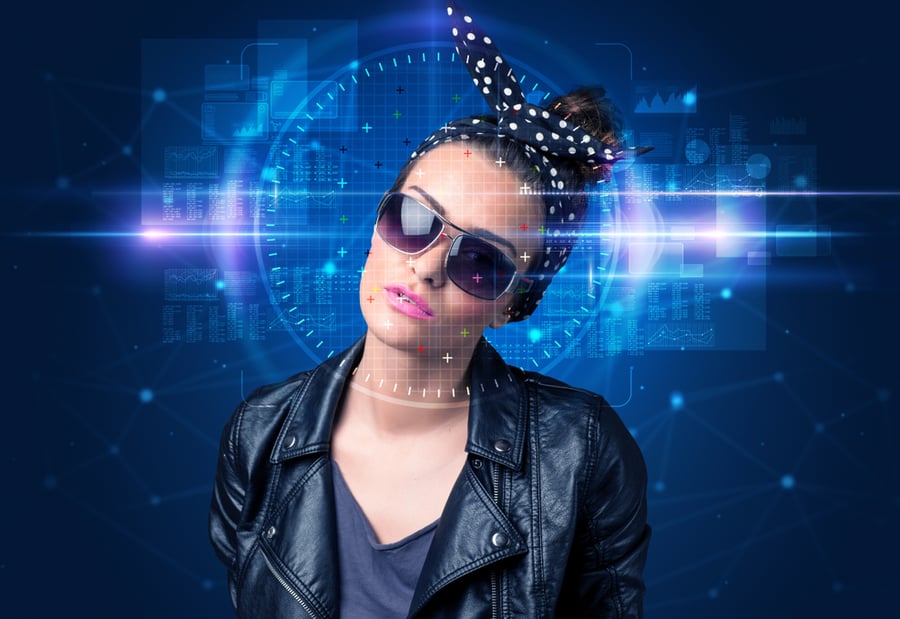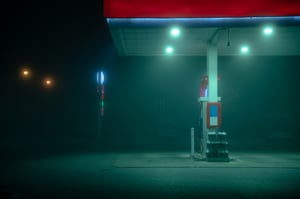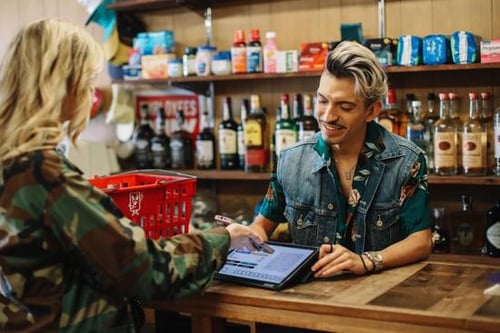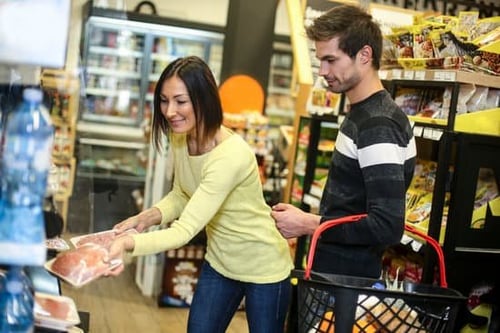Using Technology at Your C-Store to Enhance Your Customers Experience

Technology is becoming an increasingly crucial tool to enhance C-store customer experience which can lead to loyalty and business growth.
“Embracing innovative strategies to enhance customer service in the convenience store (c-store) sector cannot be overstated. As the retail landscape becomes increasingly competitive, creating memorable customer experiences in C-stores is crucial for sustaining customer loyalty and driving business growth,” explains It’s All Goods, a C-store food services company.
A customer-centric approach has gained a greater emphasis since the pandemic started in 2020 with emerging technology playing a central role.
Emphasis on the Customers Experience Reinvents the C-Store
Convenience Store News reported a year ago that “customer experience” has become an industry buzz phrase with “many leading convenience store chains to enhance, and sometimes even reinvent, the experience their customers have when shopping their stores.”
Curbside pick-up, delivery, contactless purchase options, well-stocked shelves, and clean restrooms can all factor into elevating the customer experience.
Bonnie Woods, convenience store loyalty strategist at Newton, Mass.-based Paytronix Systems Inc., told CS News: “Customer experience is everything. From interactions with associates and checkout speed to online ordering, curbside pickup, skip the line, and mobile pay at the pump, modern consumers expect each experience to be hassle-free and consistent. As c-stores expand into QSR [quick-service restaurant] and coffee-shop territory, they have the opportunity to serve their diverse customer set by creating a cohesive customer-centric experience that focuses on quality, convenience, and lifestyle more than ever before.”
15 Ways that Technology is Changing the C-Store Experience
C-stores are constantly evolving to meet the needs of their customers and are embracing emerging technology to enhance the consumer experience at their location, including the use of the following:
- Mobile Pay: Mobile pay options, such as Apple Pay, Google Pay, and Samsung Pay, are becoming increasingly popular, and C-stores are offering these options to make checkout faster and more convenient for customers.
- Self-Checkout: Self-checkout kiosks allow customers to bypass the traditional checkout line and pay for their purchases themselves. This can save customers time and reduce wait times.
- In-store Navigation: C-stores are using in-store navigation apps to help customers find the products they need quickly and easily. These apps can also provide customers with information about product promotions and deals.
- Digital Signage: Digital signage, such as PWM’s cutting-edge SMD LED technology, is being used to display product information, promotions, and other relevant information to customers. This can help customers make informed purchasing decisions and increase impulse purchases.
- Personalized Recommendations: C-stores are using data analytics to personalize product recommendations to customers. This can be done through loyalty programs, purchase history, and in-store location data.
- Order Ahead and Pickup: Order ahead and pickup services allow customers to order their food and drinks online or through a mobile app and then pick them up at the store. This can save customers time and increase brand loyalty.
- Delivery Services: C-stores are partnering with delivery services, such as DoorDash and Grubhub, to offer delivery of their products to customers' homes or offices. This can increase convenience for customers and expand the C-store's reach.
- Social Media Engagement: C-stores are using social media to connect with customers, share promotions, and get feedback. This can help to build customer loyalty and increase brand awareness.
- In-store Wi-Fi: C-stores are offering in-store Wi-Fi to customers so they can stay connected while they shop. This can also be used to collect customer data and provide targeted advertising.
- Augmented Reality (AR): C-stores are experimenting with AR to enhance the customer experience. For example, AR can be used to overlay product information onto store shelves or to provide virtual tours of the store.
- Chatbots and Virtual Assistants: Chatbots and virtual assistants can be used to answer customer questions, provide product information, and process orders. This can free up human employees to focus on other tasks and provide customers with 24/7 support.
- Smart Shelves: Smart shelves can track inventory levels and alert employees when items are running low. This can help to prevent stockouts and ensure that customers can always find the products they need.
- Beacons and Proximity Marketing: Beacons can be used to send targeted promotions and messages to customers' phones as they shop in the store. This can be a more effective way to reach customers with relevant information than traditional marketing methods.
- IoT-enabled Sensors: IoT-enabled (Internet of Things) sensors can be used to collect data on a variety of factors, such as store temperature, humidity, and customer traffic patterns. This data can be used to improve the customer experience by optimizing store conditions and staffing levels.
- Facial Recognition: Facial recognition technology can be used to identify customers and provide them with personalized recommendations and offers. This can also be used to speed up the checkout process by eliminating the need for customers to enter their payment information.
Experts Say Digital Interactions Increase Customer Loyalty
One of the biggest payoffs of enhancing C-store customer experience with new technology is that it can increase customer loyalty.
“Digital guest interactions are becoming of more significance, with retailers relying on apps and loyalty programs to serve as major marketing channels and [to provide the] opportunity to meet guests where they are,” Denise Jenkins, vice president of marketing, insights and loyalty at United Dairy Farmers (UDF) told CS News, and noted that consumers are searching for a product or type of retailer via apps or the internet before they make a trip or purchase decision. “Their experiences in this pre-shop step will also determine their experience at the brand level and can be a differentiator.”
Loyalty is key as a recent survey revealed that 94 percent of consumers have some kind of loyalty program, but only just over half have one with a C-store – leaving a vast untapped market for C-store owners.
“The study also indicated that having a loyalty program was third behind location and price for selecting a store to visit, which means there is an opportunity here,” Cameron Watt, CEO of Intouch Insight, told CS News. “Once you have a loyalty program in place, it allows you to combine it with your customer surveys to drive ongoing two-way communication with your customers, which is a very powerful tool.”
By continuing to adopt new technologies, c-stores can provide an even more seamless and personalized experience for their customers. This will help to keep customers coming back and increase sales.






